As a beauty editor, I am an eager and enthusiastic beauty guinea pig. I will happily experiment with the latest makeup trends and volunteer for all manner of professional facial treatments. I’ve tried full-body mud wraps, laser hair removal, flotation tanks, and I’ve got the #content to prove it. However, it’s admittedly taken me a few years to feel comfortable with the idea of (semi) permanently altering the appearance of my face. I’m talking, of course, about lip filler.
Now one of the most-googled aesthetic treatments in the UK, lip filler has been embraced by everyone from celebrities and models to my fellow beauty editors and some of my closest friends. But it’s also one of the most misconstrued aesthetic treatments. Like many others, for years I was put off by the botched jobs that circulate on social media. My lips are naturally very thin, and also slightly wonky, which meant that for most of my life, I’ve avoided drawing attention to them. (Yes, I’m a beauty editor, and I can probably count on one hand the number of times I’ve worn red lipstick.) So while I was admittedly intrigued by the concept of achieving plumper, fuller lips, I was also wary of committing to something that could potentially make things look much worse.

The thing is, while we are bombarded with horror stories of unlicensed practitioners, the majority of lip filler treatments are administered by professionals who are not only extremely qualified but also know that their clients seek a natural and subtle result. “You only really notice lip filler when someone’s had a poor treatment with it,” says cosmetic aesthetician and medical practitioner Bridie Bukorovic. This feeds into one of the biggest misconceptions surrounding lip filler, the idea that everyone gets a one-size-fits-all treatment that plumps up lips. “Actually, most lip filler treatments result in an effect so subtle that you probably won’t even notice when someone’s had it done,” she adds. “Many of my clients come to me to even out their lip shape or replace volume they’ve lost with age, rather than because they want ‘bigger’ lips.”

While I’m a huge believer in the fact that no one should ever feel like they need to get cosmetic procedures, I also believe that you should be able to do whatever you want with your body if it makes you feel confident and comfortable. I chose to get lip fillers for purely personal reasons, and I committed a lot of time to researching the treatment and to finding the best practitioner for me. Getting lip filler not only gave me a huge confidence boost but also made me fall in love with wearing lipstick for their first time ever, and I’ve already booked in for my follow-up appointment.
If you’re also considering getting lip filler for the first time, then you’ve come to the right place. Read on for everything you need to know.
“Dermal fillers are soft gel-like substances that are injected under the skin,” says Bukorovic. “Typically, they’re made up of non-animal-based hyaluronic acid.” You may be familiar with hyaluronic acid as an ingredient you’ll find in your skincare products, especially within hydrating serums and creams that claim to plump skin with moisture. “Put simply, hyaluronic acid is a molecule that’s present naturally in our own bodies, and it has an ability to hold on to moisture, keeping the eyes, skin and joints lubricated,” she explains. “The body produces this clear gooey substance, and it has a life cycle, so our bodies have the ability to break it down, dispose of it and replenish it.” So if you’re concerned about what exactly is being injected into your lips, don’t be. It’s a substance that not only you’re probably already applying to your skin but also your body naturally produces.
This was one of the first questions I asked when I sat down for my consultation with Bukorovic. “Everyone has a different pain threshold, but lip filler should never be painful,” she explained. “At most, you may experience slight nipping or discomfort, but good practitioners will have honed their technique to keep you as comfortable as possible during the treatment.” I was actually quite shocked when my treatment ended, and I hadn’t felt so much as the slightest stinging. If you’re nervous around needles, it’s also totally possible to go the entire length of the process without seeing the needle, so don’t let this put you off. Just make your practitioner aware beforehand.
There’s no guaranteed time range for how long lip fillers last, since factors such as the type of fillers used and your individual lifestyle all contribute to its gradual breakdown. “We normally say between six to nine months, but treatments built up slowly over time can mean they last much longer after your first time,” says Bukorovic. “Sun beds, smoking and high metabolisms can all contribute to quicker breakdown of filler.”
If you have a good and experienced practitioner, then the most you’re going to experience in terms of side effects is some swelling or bruising in the initial weeks after your treatment. “There will always be some initial swelling, and there’s also a good chance of bruising, no matter how good your practitioner is,” says Bukorovic. “You can expect swelling to settle within a few days and bruising will reduce over two weeks until you’re left with your final lip result.”
“If your filler is administered incorrectly by someone who hasn’t been properly trained, then there are some very serious risks to filler,” explains Bukorovic. “The biggest one is what we call a vascular occlusion. That’s when the filler is injected directly into a blood vessel, causing blockage, or too much filler is injected around a major vessel causing compression. Either of these will stop the blood flow and oxygen supply to the tissues beyond.” This is why it’s important to choose a practitioner who’s not only experienced in performing the treatment but also trained to deal with complications. “If this isn’t treated and reversed in a timely manner, then the tissue starved of oxygen will begin to die,” adds Bukorovic. “This is called necrosis, and there’s not much you can do beyond this.”
Chances are you’ve also probably heard of migration, which Bukorovic explains is another common risk of incorrectly administered filler. “Poor filler placement can lead to things like early migration, when filler spreads elsewhere and results in asymmetric, lumpy lips,” she says. “There’s also something called the Tyndall effect, which is where the filler is applied too close to the surface of your lip and gives a bluish tone.”
Being aware of the complications that could potentially derive from the treatment really drives home the importance of finding a qualified and experienced provider. When looking for a practitioner, I had two main goals. First, to find someone with a medical background, and second, to find someone whose values and aesthetic principles aligned with my own.
I knew I wanted to find a practitioner who could advise me based on my face and unique proportions, and this was also something Bukorovic did extensively throughout the process. “A practitioner who says no or advises you against something is worth their weight in gold,” she told me. “It’s a good sign they they’re not in it for financial gain and respect your face.” We also aligned over our shared appreciation for a subtle result. “I’m all about detaching the stigma around lip filler,” she explained during my initial consultation. “You shouldn’t notice good filler, and that’s my approach to my treatments.”
I was drawn to Bukorovic’s preference for a natural effect and also to the fact that she is an experienced medical practitioner. Because there is no officially recognised qualification or standardised training for cosmetic treatments, it can be hard to figure out if someone is truly qualified to offer lip filler. “This is why I would only look for injectors with a medical background and reputable training history that can look after you should complications arise,” she advises. “Anyone who is medical will have done medical-only training and have a much greater understanding of anatomy and complications management.”
In terms of what to avoid when looking for a lip filler provider, this list is extensive. “Firstly, avoid anything that seems too cheap or too good to be true—lots of discounts and promotions can be a red flag,” says Bukorovic. “And stay away from new filler brands with overly glossy marketing, as they’re likely to not have FDA approval or clinical trials behind its use.” She also adds that providers offering packages or celebrity-inspired looks should be avoided. “I’d always go for someone who is offering a bespoke service. That way you know they’re going to assess your face and unique features and not give you lips, chin, and jaw and because you have purchased a celebrity package.”
Above all, she advises looking at the practitioner themselves. “I don’t believe in giving treatments you wouldn’t have yourself, but you ideally want to look for someone who has struck the right balance with this,” she says. “Consider what their face is like and if it’s overfilled. This is the best way to ensure they align with your own aesthetic ideals.”
My treatment began with a full consultation and assessment of my medical history. I explained that I wanted to even out the imbalance in the shape of my upper lip and also for them to a little plumper. Bukorovic agreed with my assessment that this was the area where we needed to focus. “Your upper lip is slightly subverted, giving you the appearance of a longer philtrum, which can actually be quite ageing, especially combined with a thinner face,” she told me. “By creating volume in the top lip, we can add natural curves, which will feminise the features.”
I wanted to retain the natural shape of my lips and keep them in proportion with the rest of my face, which was also something we were aligned on. “All of your features are super petite, but your lips are much smaller in proportion,” she says. “By adding a little filler, we’ll be bringing them in line with the rest of your face, rather than making them appear larger than they should be.”
Bukorovic not only put my concerns to rest but also helped to manage my expectations for the initial treatment and for our future treatment plan. “Lip filler in a small lip is challenging because you only have the area you have to work with,” she says. “To build volume, we’ll go slow and steady, so we’ll fill your lips to a safe capacity then allow the tissue to adapt and make space before adding more in the future.”
Once the consultation was complete, Bukorovic applied a prescription-strength numbing cream to my lips. Honestly, this was by far the weirdest part of the whole treatment. In fact, I was so distracted by the strangely tingly and numb sensation that took over my mouth that I didn’t have time to dwell on the needle itself. Bukorovic spoke through each step as she performed them, and within a matter of minutes, we were done. As I have a very low pain threshold and am prone to fainting, I was concerned about the pain, but truthfully, I’ve experienced much worse. My waxing, threading, tattooing and piercing experiences were all much higher on the pain threshold.
One of the best things about lip filler is that you’ll see a difference instantly. But don’t be concerned if your lips look larger than you anticipated at this point. I was initially quite shocked, but Bukorovic explained that this initial swelling would go down within 48 hours, and she was right. By the end of the following day, my lips had settled into exactly the kind of full rosebud shape we had discussed during the consultation. Is it worth it? Three months down the line, I can 100% say that yes, for me, lip filler was totally worth it. I have a newfound love of wearing lipstick, and I’m no longer in a love-hate relationship with “plumping” lip glosses.
Although lip filler is a fairly big financial commitment in comparison to applying a lip-plumping gloss every few hours, it’s also made me feel far more confident and comfortable in my own skin. Plus, because the effect I’ve gone for is so natural, I will only need to book in for top-ups once or twice a year, which is an investment I’m prepared to make.
“The best thing you can do after lip fillers is avoid caffeine for 48 hours and keep yourself really hydrated,” says Bukorovic. “So lots and lots of water and some hydrating lip products will really help.” This is because hyaluronic acid works at its best when we’re hydrated, as it attracts and retains moisture. Since getting lip filler, I’ve gotten into the good habit of applying lip balm or a lip mask every night as part of my evening skincare routine.






Up Next: 18 Affordable Anti-Ageing Skincare Products That Truly Work

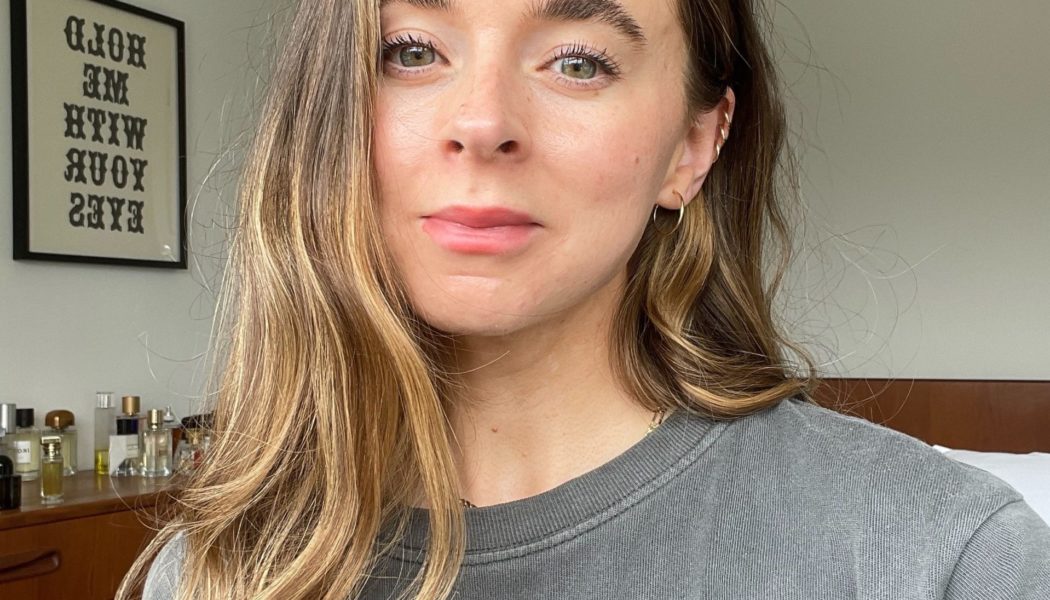

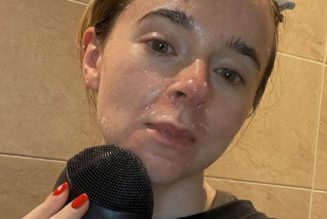

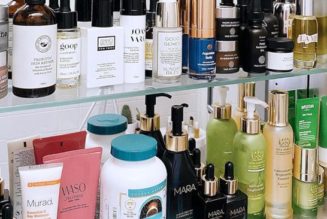
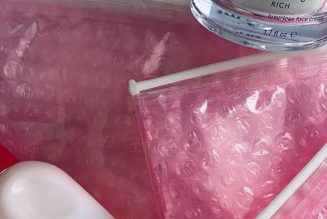
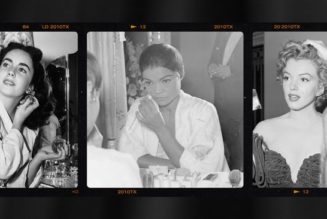
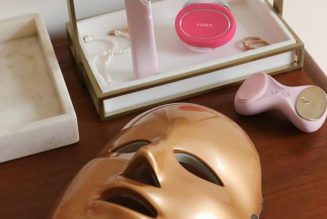


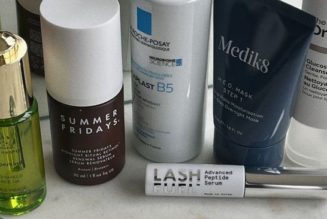
Tagged: skin